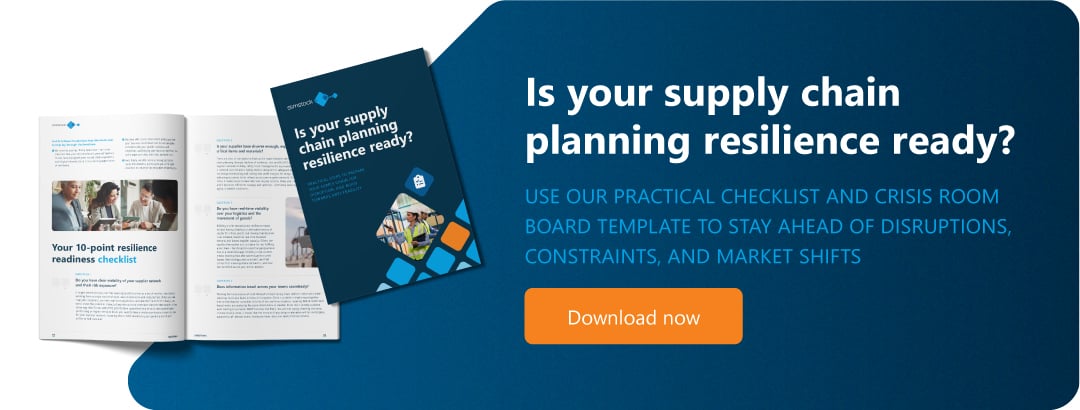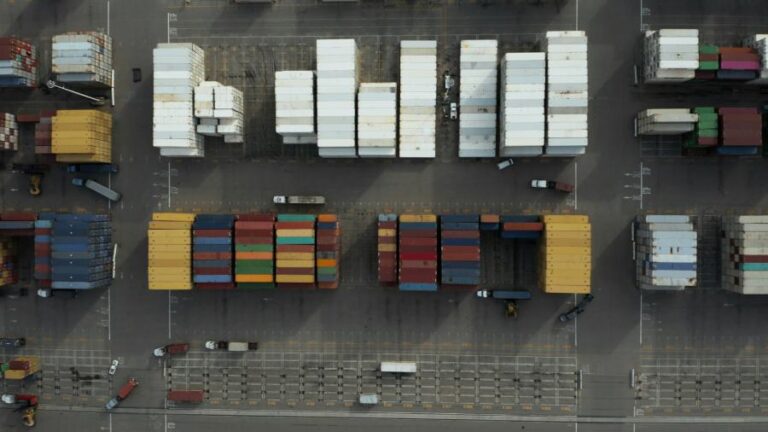Even minor choices about stock ordering can subtly reduce profit margins in hectic work settings. This article examines how to make the best decisions possible, including when and how much to order and why those factors are more important than most people realise.
Why order quantities matter
Here’s the thing: order quantities aren’t just about keeping shelves full. They may have an impact on your efficiency, warehouse space and cash flow. Pretty much every part of your operation.
A significant component of this is Minimum Order Quantities (MOQs). When you’ve got high MOQs, you’re ordering less often. This can result in fewer “we’re out of stock again” situations and cheaper shipping and handling expenses. Sounds great, right? The catch is that you’re also sitting on more inventory. That ties up cash, clutters up your warehouse and increases the odds you’ll end up stuck with stuff you can’t sell.
Low MOQs give you more flexibility. You can react to changes in demand more quickly, keep things fresher and free up working capital. However, you also have to deal with more orders, more administrative work, higher shipping expenses and more room for error.
So, what is the answer? Balance. Too much or too little inventory both come with hidden costs. Finding the “just right” middle ground, also known as the “economic order quantity”, is your aim.
The costs behind inventory and how EOQ helps you manage them
Before you can figure out how much to order, you need to understand what it actually costs to keep inventory in the first place. It’s not just the price of the products, it’s everything around them.
There are two big cost categories at play here:
- Holding costs: storage space, insurance, depreciation, and even the risk that your products might become outdated or unsellable. And don’t forget the cost of capital. If your money’s tied up in stock, it’s not available for other things. That opportunity cost alone can be a real drag on cash flow.
- Ordering costs: There’s admin work, shipping coordination, receiving, handling every time you make an order.
This is where EOQ (Economic Order Quantity) comes in. It’s a simple but powerful formula designed to strike a balance between those two costs. Order too often, and your ordering costs shoot up. Order too much, and your holding costs increase. EOQ helps you find that sweet spot, the order size that minimises the total cost of inventory. And here’s the best part: it doesn’t have to be perfect to be useful. Even if your inputs aren’t spot-on, the EOQ result tends to land close to the optimal total cost. That makes it a reliable baseline for planning, especially when you’re juggling uncertainty or imperfect data.

Where:
- D = Demand
- Co = Ordering cost
- Ch = Holding cost
- p = Price per unit
Making the EOQ work in the real world
While EOQ is a great starting point, anyone who’s worked in supply chain knows the real world doesn’t always play by the textbook. In theory, it’s all about minimising costs. In practice, you’re constantly juggling constraints that pull you in different directions.
For starters, suppliers often have minimum order quantities or volume discounts that push you to buy more than you actually need. Then there’s seasonality, shelf-life limits and products that are either brand new or about to be phased out. All of which make long-term inventory planning more complicated. Add in cash flow limitations and limited warehouse space, and suddenly that neat little EOQ number isn’t so easy to stick to. Managing those limitations is thus equally important as applying the formula.
So how do you apply all of this without drowning in exceptions? Here’s a practical, step-by-step approach you can actually use:
Start with your MOQs
Look closely at whether they match your actual demand patterns. Misaligned minimums often tie up cash or leave you with slow-moving stock.
Calculate your EOQ
Even an estimate is better than nothing. Just make sure you revisit it regularly as costs and demand shift.
Apply constraints early
Don’t let shelf life, supplier rules or storage limits catch you off guard. Build them into your planning from the start.
Recalculate dynamically
Things change, your order strategy should too. Use updated data to tweak your approach instead of relying on static rules.
Use internal transfers first
Before placing a new order, check if another location has excess stock. It’s often faster and more cost-effective.
Consolidate where possible
Use order-fill logic to combine shipments, reduce logistics overhead, and avoid half-empty trucks.
Final takeaway
As a final takeaway, remember: optimising order quantity is less about perfect math and more about managing trade-offs. The EOQ gives you a stable foundation, but flexibility, context and good data are what turn it into a competitive advantage. It can help you make smarter, faster inventory decisions that actually work in the messy, unpredictable world we all operate in.







